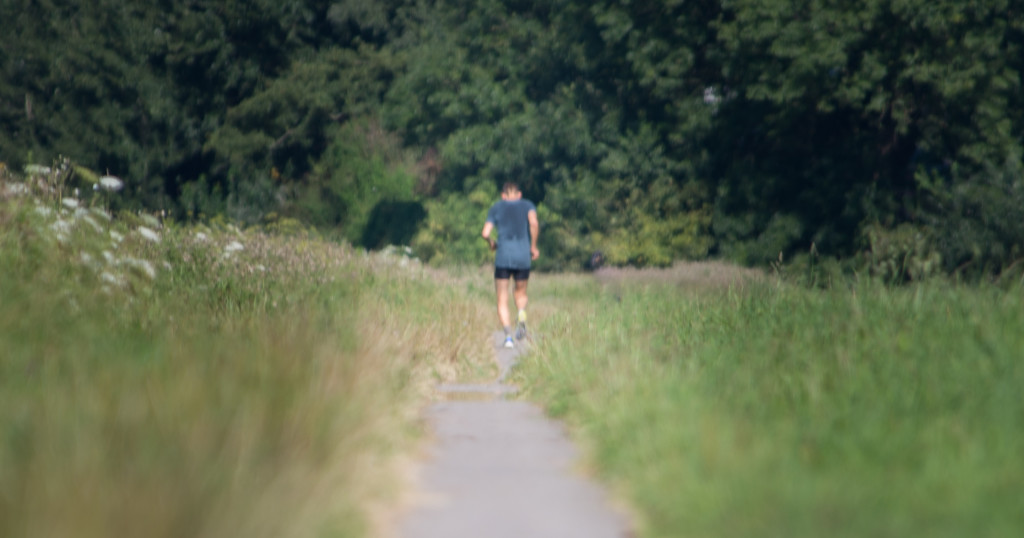What is mindfulness?
There are countless definitions and interpretations of what mindfulness means. The simplest one we can think of is “focussing on the present moment”.
But to give a little more detail, mindfulness has roots in Buddhism and meditation. To understand mindfulness, it is useful to consider all the times we aren’t mindful. When we are doing routine things, we often don’t notice the details, like driving all the way home on a familiar route and not being able to remember any detail of the trip. Or eating breakfast without noticing the taste or the smell or the crunch. Many of us also spend a lot of time focussed on the past or thinking about the future.
Mindfulness is focussing on the present moment. Not being distracted or switched off, not worrying about the future or repeatedly thinking about the past, but focussing on now.

Bishop et al. described mindfulness as “a process of regulating attention in order to bring a quality of nonelaborative awareness to current experience and a quality of relating to one’s experience within an orientation of curiosity, experiential openness and acceptance.” Which, to us, reads similarly to the simple “focussing on the present moment”, with enough detail to actually get started. Being accepting and non judgemental to your experiences and open to really experience all the stimuli, while also not being distracted by all those thoughts which perpetually creep in about the past or the future is critical to mindfulness, and the key to achieving the benefits.
What are the benefits?
There are lots of potential benefits to being mindful, and there’s a growing body of science to back this up.
The benefits are demonstrable across both home and work domains. At work, improved memory, intuition and focus have been shown, as well as reduced anxiety and clear thinking.
At home, reduced stress, improved relationships, better physical health (yes that’s right, your immune system can be improved by mindfulness, along with improvements in heart disease, gastrointestinal disorders and other unexpected effects) and of course all of the benefits listed at work have been shown in studies of mindfulness.

There are also benefits shown for children, including improving attention, focus and social skills. Modelling mindfulness as a parent is a great first step to teaching your children to practice mindfulness too.
How do I achieve mindfulness?
Great question!
If you haven’t explored or attempted mindfulness before, there are many ways to start. Lots of people undertake meditation to achieve mindfulness, but others prefer less “formal” attempts. For these, start with quietly bringing your attention into focus on the current surrounds. Listen to your breath draw in and out. Listen to all the other noises around you and hear each one. Feel the chair or carpet or whatever you are resting on. Smell the air and identify the components of what you can smell. Taste the food you are eating, feel the way it crunches or crumbles or feels as you eat it. As other thoughts and distractions about the past or the future float (inevitably) into your mind, acknowledge they are there, and gently bring your mind back to the present. Remember Bishop’s last words, openness and acceptance. Don’t try to ignore what’s around you, experience it all and stay in the present.
For mindfulness meditation, there are countless exercises described online, along with videos, audio recordings and classes. It’s easy to be overwhelmed by all the advice. We’ve found the technique described here particularly useful.
Easy though it sounds, it’s hard to really get started with mindfulness. Distractions come at us thick and fast in today’s world. Putting your phone down helps. Deliberately being mindful helps. Practicing helps. The potential benefits we’ve outlined above are real and make perseverance worthwhile.




